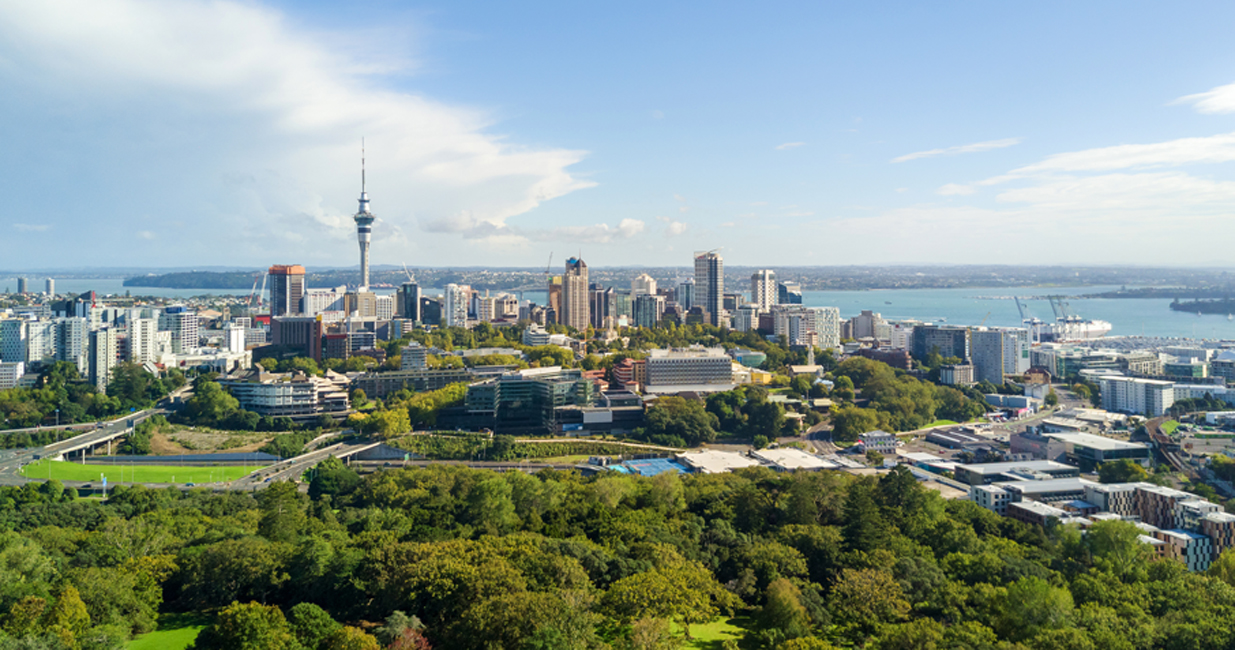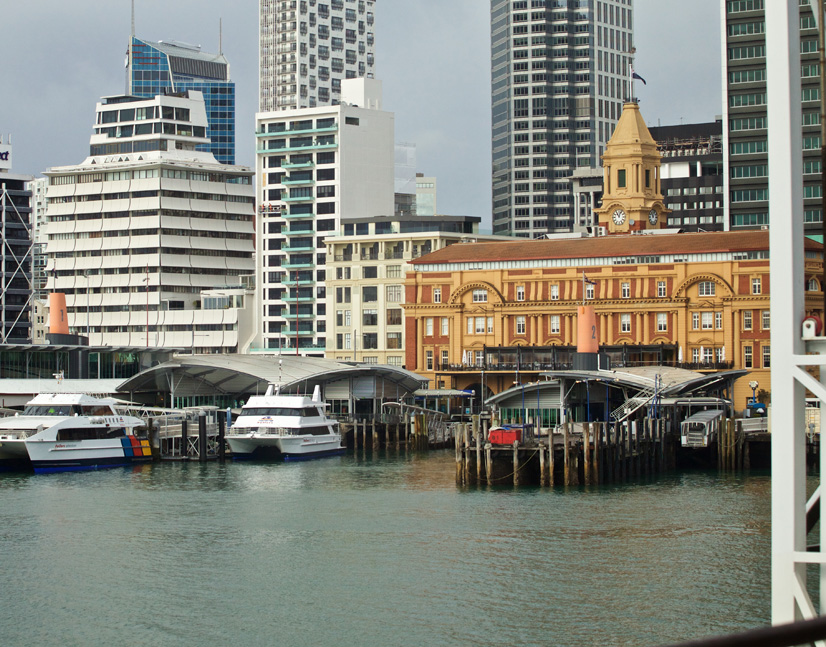
Developing demand key to New Zealand green-bond evolution
New Zealand’s green-bond market is still in its infancy, even though green issuance is potentially a natural fit for some of the biggest sectors of the economy. BNZ gathered market participants at a green bond seminar in Auckland in late April to discuss the challenges and how they can be addressed.
International Finance Corporation (IFC) issued the first green bond in the New Zealand market with a NZ$125 million (US$87.7 million), 10-year Kauri in July 2017, led by ANZ and BNZ.
At the time Flora Chao, IFC’s Singapore-based senior funding officer, told KangaNews there was notable investor interest for New Zealand dollar green bonds – on a scale greater than that uncovered by the supranational with its debut deal.
Since then, Contact Energy has had its borrowing programme and existing term debt certified as green and Auckland Council has revealed plans to issue a green bond in the domestic market at some point in 2018. However, new primary issuance of New Zealand dollar green bonds is yet to materialise.
Natural advantage
Despite the sector’s slow start, seminar participants are optimistic about the opportunities for New Zealand green bonds. Sarah Minhinnick, Auckland-based director debt capital markets at BNZ, identifies two sectors that have been of interest to government policy – property and energy – as particularly well-suited to green bond issuance in New Zealand.
“Around 80 per cent of energy in New Zealand is already being produced by renewable sources and a lot of new construction is being built to meet green principles. These two sectors present significant possibilities for New Zealand dollar green bond issuance,” she says.
Joanna Lawn, Auckland-based head of issuer relationships at NZX, says the exchange believes there is “a natural advantage for New Zealand in having green financing”, pointing to the country’s leadership in establishing an emissions trading scheme, clear emissions-reduction targets and an energy sector with a high and growing proportion of energy derived from renewable sources.
“There is a role for the government to play and it has been proactive in the space already with some of its policies,” adds Mike Faville, head of debt capital markets at BNZ in Auckland. “When the government considers things like green infrastructure funds, green investment principles and innovative funding to address water quality issues it legitimises the whole space”.
Buy-side view
In capital markets, the critical piece as always will be developing sufficient demand to support the asset class and convincing potential issuers of the reliability of this demand. So far, green borrowers in New Zealand have spoken more of market development goals as the driver of their green issuance than of obvious incremental demand for green product. Global precedent, however, suggests demand could build.
Internationally, the burgeoning scale of investment assets being directed to environmental, social and governance (ESG)-themed assets means demand tends to outstrip supply of green bonds. Meanwhile, the New Zealand market has a longstanding supply-demand imbalance as bond issuance has not kept pace with the accumulation of the local superannuation pool.
Paradoxically, though, the local situation potentially causes issues for demand specifically of green bonds. With limited green-bond supply historically, it is hard for investment managers to justify the establishment of specific ESG funds. If the incremental new demand these funds provide is not available, it is harder for issuers to justify developing green issuance programmes.
However, speakers at the BNZ seminar say they are confident that a local green-bond market will emerge – though it will take some time given the challenges to be faced. Lawn reveals that the NZX is “having discussions with issuers and investors, and that there has been a shift in appetite to invest in assets that address environment, social and governance principles”.
“It takes a while for issuers, here and in other markets, to become ready to execute these sorts of deals,” says Faville. “We can’t expect an avalanche of green bonds from supranational, sovereign and agency issuers, either, given they have to ration their green-bond assets globally.”
New Zealand Super Fund (NZ Super) has been a leader on the buy side in New Zealand, launching its Climate Change Investment Strategy in October 2016 on the back of what Katie Beith, the company’s Auckland-based senior investment strategist, responsible investment, says was 10 years of activity on climate change beginning with a focus on corporate disclosure around climate risks then shifting to research and analysis on the impact of climate change on NZ Super’s investments.
Beith says NZ Super does not give any special price treatment to a green bond. “We would look at a green bond as we would any other regarding price, yield and duration. We would also look very carefully at the use of proceeds, reporting standards and rigour around certification,” she explains.
Supply facilitation
Faville says work is being done to help stoke domestic supply. He points to regulatory discussions to allow green bonds to be issued under the qualifying financial product exemption, which gives borrowers a shortcut to the market.
Most domestic credit issuance in New Zealand comes to market in retail format, and Faville argues that the first domestic green-bond deals are also likely to experience a demand boost from being available to retail investors.
NZX says it is actively looking to facilitate the issuance of green-bonds. The exchange recently launched a five-year strategy to foster growth in New Zealand capital markets, with the development of the listed market – including environment as one of the major focuses. Lawn identifies two main regulatory obstacles to listing bonds in the New Zealand market – the breadth of investor base and the review period.
To address this, Lawn explains that NZX has begun a consultation process by which it hopes to change listing rules. Its proposals are that investor spread rules be completely removed for bonds and that, if a bond is issued under a quoted financial product offer under schedule 1 of the Financial Markets Conduct Act, there be no further review undertaken by the regulation team at NZX.
The NZX released a consultation paper outlining the proposed rule changes on 11 April, with the deadline for further submissions set for 8 June. Any updated rules are expected to become effective on 1 January 2019. “This should expedite the process of bonds coming to the market – and the same logic will apply to green bonds,” says Lawn.
Faville adds: “We are hopeful of seeing the first listed green bond in New Zealand shortly. Frameworks have been put in place for some issuers, such as Auckland Council, and reducing impediments to issuance can only help bring issuers to market”.

WOMEN IN CAPITAL MARKETS Yearbook 2023
KangaNews's annual yearbook amplifying female voices in the Australian capital market.















